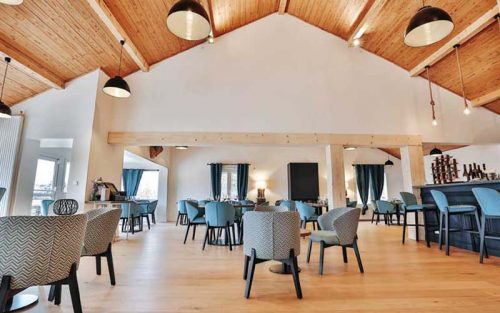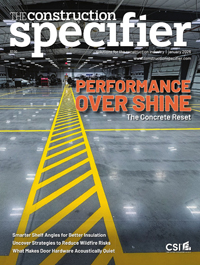Optimizing sustainability in building and design: Exploring low-impact furnishings
By Zach Adams
In the ever-evolving landscape of architectural design, sustainability has become non-negotiable. Low-impact furnishings and flooring have emerged as a pivotal aspect, capturing the attention of both designers and consumers alike.
While the design and construction industry has focused on greener building architecture in recent years, the current spotlight shines on the sustainability and transparency of products introduced into these structures. Designers and specifiers prioritize scrutinizing the ecological footprint of everything brought into the built environment, making furniture and flooring product transparency and sustainable sourcing paramount considerations. This shift reflects a broader commitment to holistic environmental responsibility, shaping a future where every element within a building contributes to a greener, more sustainable world.
Redefining sustainability in design
Low-impact furnishings and flooring products represent a paradigm shift in design ethos, prioritizing sustainability and transparency in sourcing, production, and end-of-life considerations. For designers and specifiers, low-impact furnishings offer an opportunity to align aesthetic vision with environmental values, creating beautiful and environmentally responsible spaces.
Critical aspects of low-impact furnishings and flooring include: durability, protection of indoor air quality (IAQ), and environmentally responsible manufacturing processes.
Durability
It is important to demonstrate to clients why investing in high-quality, durable furniture built to last is the right way to go. Sustainable furniture should be designed to withstand the test of time, minimizing waste by reducing the need for frequent replacements. Look for furniture made from durable materials such as solid wood or metal, and avoid cheaply made, disposable items.
Durability and longevity are integral aspects of sustainable flooring and furniture, embodying a commitment to resource efficiency, waste reduction, and long-term environmental responsibility. Unlike conventional flooring materials and furnishings that may degrade over time, sustainable options are engineered to withstand the demands of daily use and maintain their integrity for extended periods.
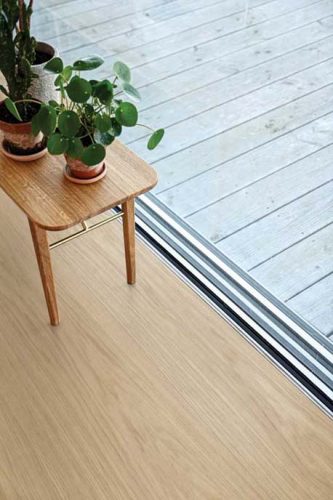
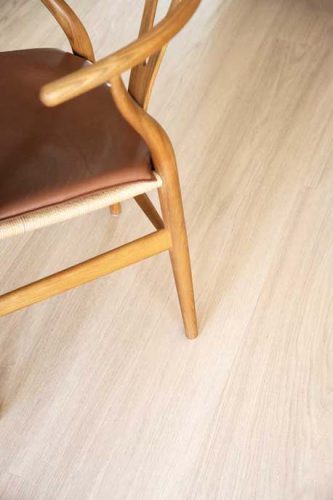
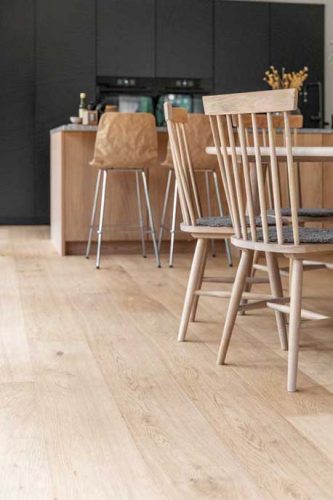
One of the primary benefits of choosing durable flooring and furniture is the reduction in the frequency of replacements. Traditional materials often require replacements due to wear, damage, or obsolescence, perpetuating a cycle of waste generation. Sustainable alternatives, such as hardwood flooring or solid wood furniture, are renowned for their durability and resilience, offering longevity that minimizes the need for continual replacements. Further, by minimizing the disposal of worn-out flooring and furniture, durable options contribute to landfill diversion and promote a more circular approach to resource management.
Protecting indoor air quality
Among the various elements within a building, flooring plays a particularly crucial role in sustainable design. As one of the most heavily used components of a space, flooring has a significant impact on IAQ and the overall environmental footprint. Since IAQ is a critical aspect of occupant health and wellbeing, choosing sustainable flooring materials and practices is essential in creating spaces that promote health, comfort, and environmental stewardship.
Many conventional flooring materials can emit volatile organic compounds (VOCs) and other harmful chemicals into the indoor environment, and can also require the use of VOC-emitting maintenance materials, all of which can contribute to respiratory issues and allergies. In contrast, sustainable flooring options prioritize low-emission materials and finishes that do not require frequent use of toxic maintenance products, thus promoting healthier IAQ and creating a more comfortable living or working environment for occupants.
Low-impact manufacturing
The manufacturing process also plays a crucial role in the sustainability of furnishings and flooring products. Sustainable manufacturers prioritize low-impact production methods, including energy-efficient manufacturing processes, water conservation measures, and waste reduction strategies. By minimizing resource use and environmental pollution during production, these manufacturers ensure their products have a minimal ecological footprint from cradle to gate.
In addition, sustainable furniture and flooring options prioritize materials and practices that minimize resource consumption, waste generation, and environmental pollution throughout the lifecycle. For example, choosing materials sourced from responsibly managed forests or incorporating recycled content into wood products reduces the demand for virgin resources and promotes circularity within the industry. Further, selecting durable materials that require minimal maintenance and have long lifespans contributes to waste reduction and extends the overall sustainability of the building.
Strategies for finding low-impact furniture and flooring products
Finding truly sustainable furniture and flooring amidst a sea of greenwashing can feel like an impossible task, but several strategies can be employed to ensure environmentally responsible choices are being made. It is important to seek out brands that are transparent about their sourcing and manufacturing processes. If there is information readily available about where materials are sourced from, how they are produced, and any third-party certifications they hold, they are more likely to be trustworthy. These certifications include Forest Stewardship Council (FSC) certification for wood products, Global Organic Textile Standard (GOTS) certification for textiles, Cradle to Cradle certification for products designed for circularity, and GREENGUARD certification for low-emission IAQ.
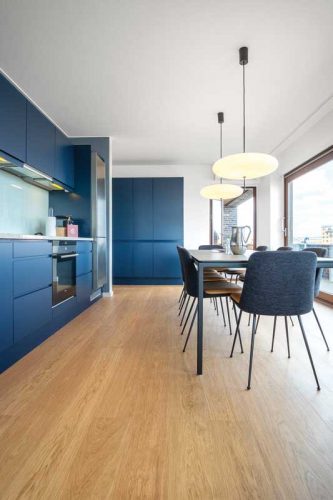
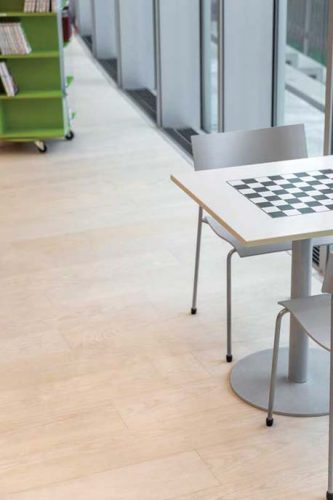
While sustainable options may entail higher upfront costs, the long-term savings derived from reduced maintenance, repairs, and replacements can outweigh these initial expenses. By investing in durable solutions, building owners and homeowners can realize significant cost savings over time, enhancing the overall financial sustainability of their projects.
The adoption of low-impact furnishings and sustainable flooring represents a pivotal shift in the paradigm of building design. By prioritizing sustainability and transparency in product selection, designers, architects, specifiers, and engineers are not only creating spaces that are aesthetically pleasing but also environmentally responsible. As the industry continues to strive toward a more sustainable future, the integration of low-impact furnishings and sustainable flooring will play a central role in shaping the built environment for generations to come.
Author

